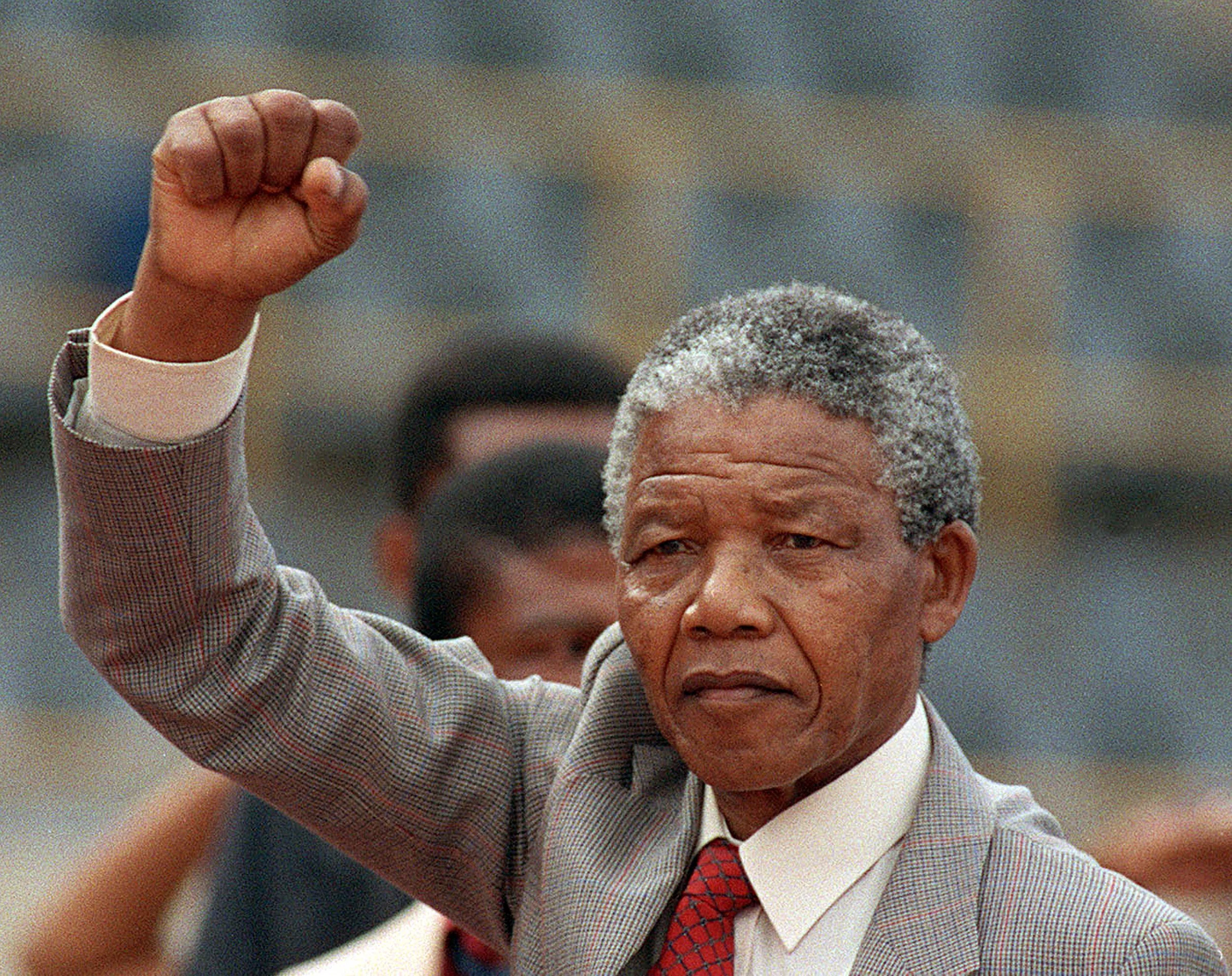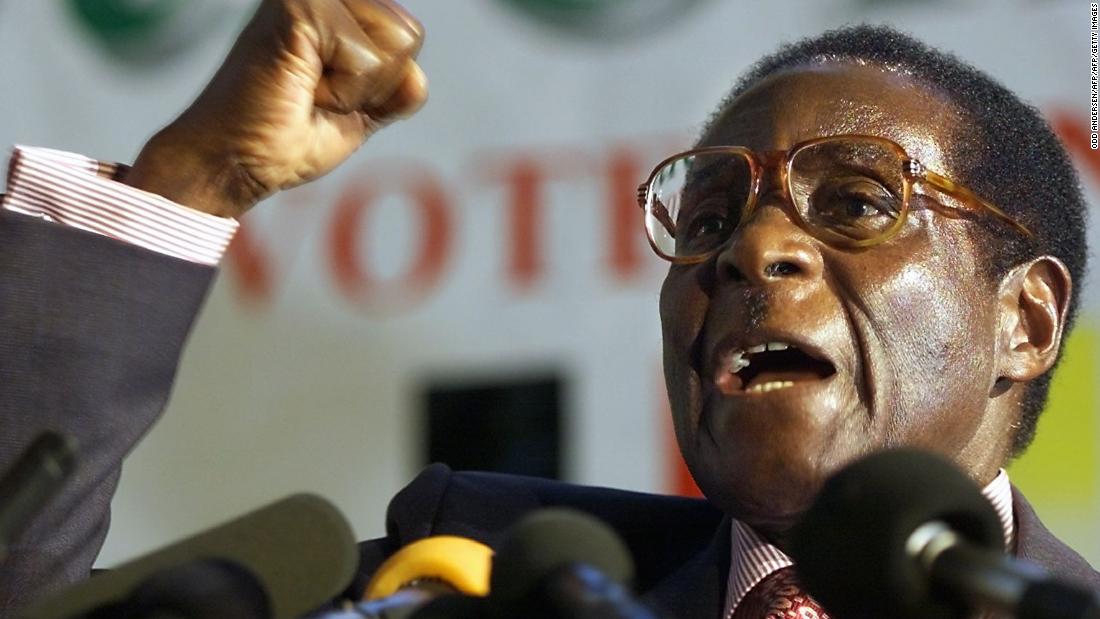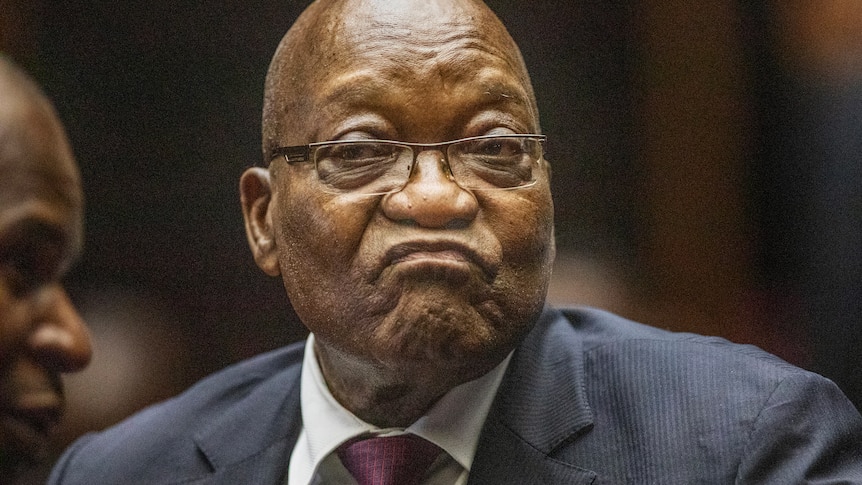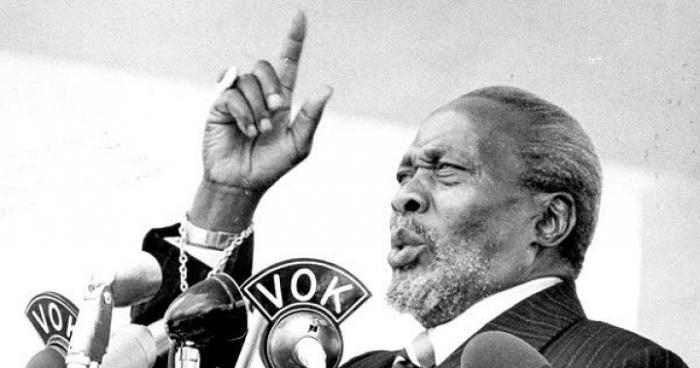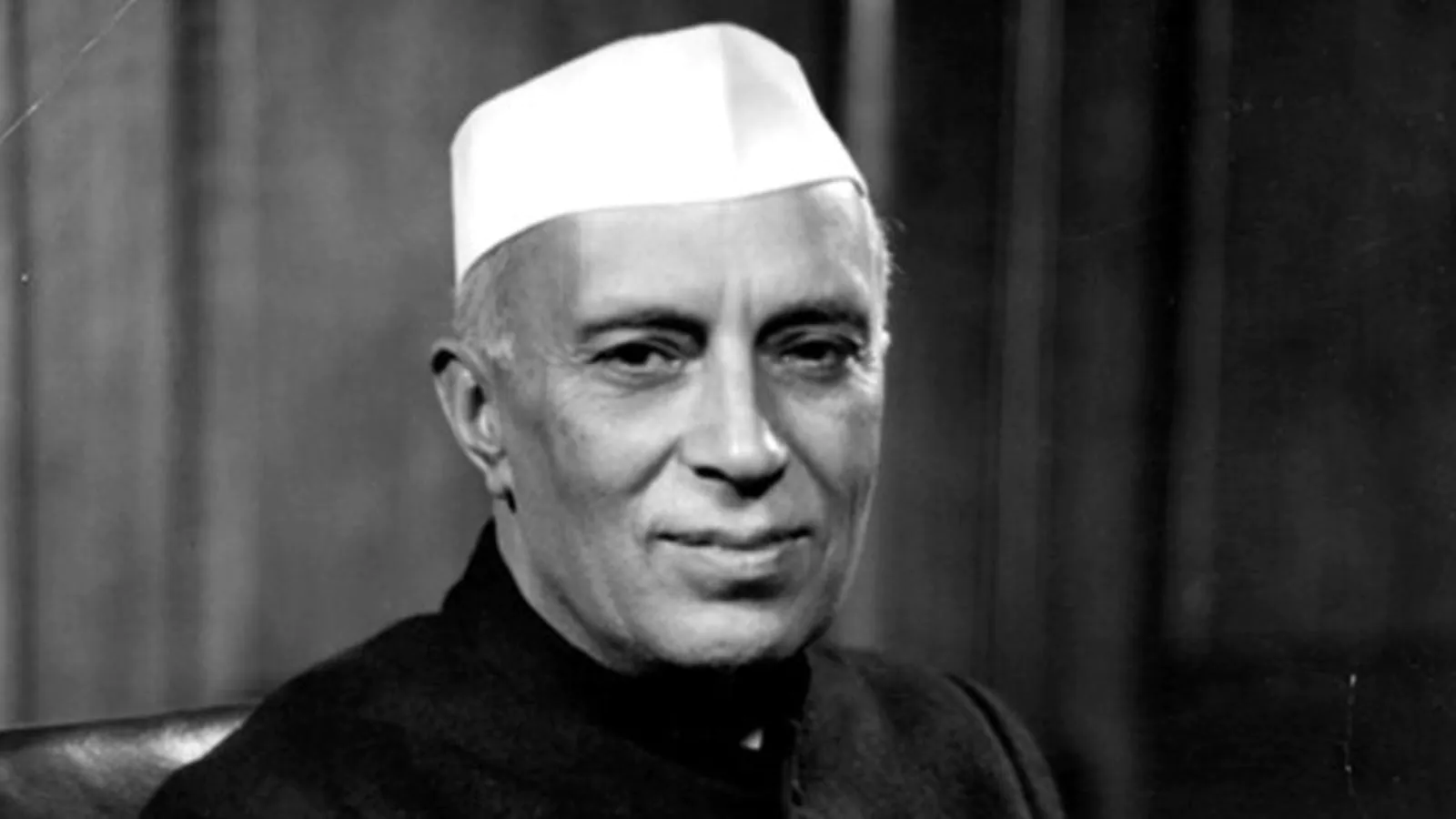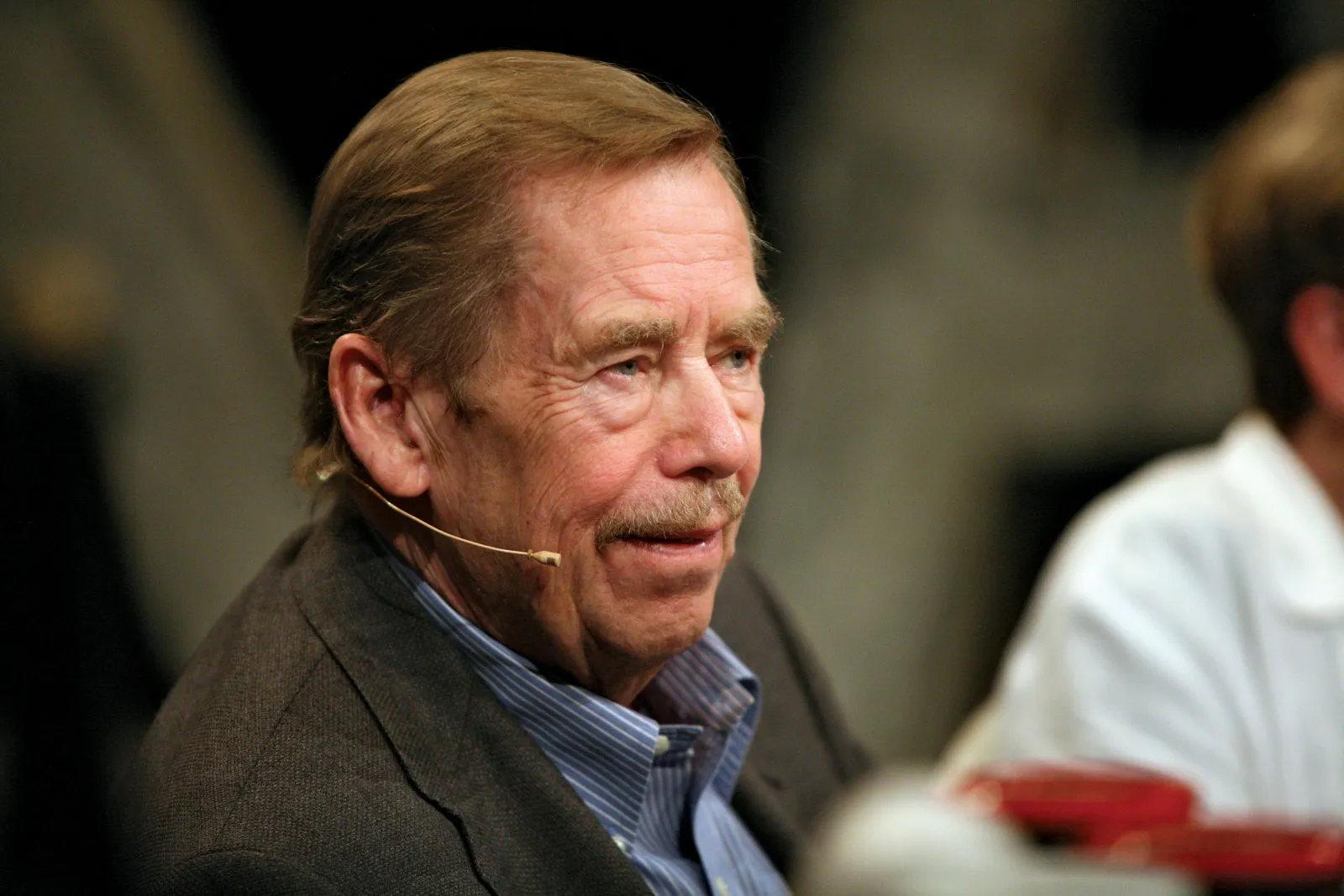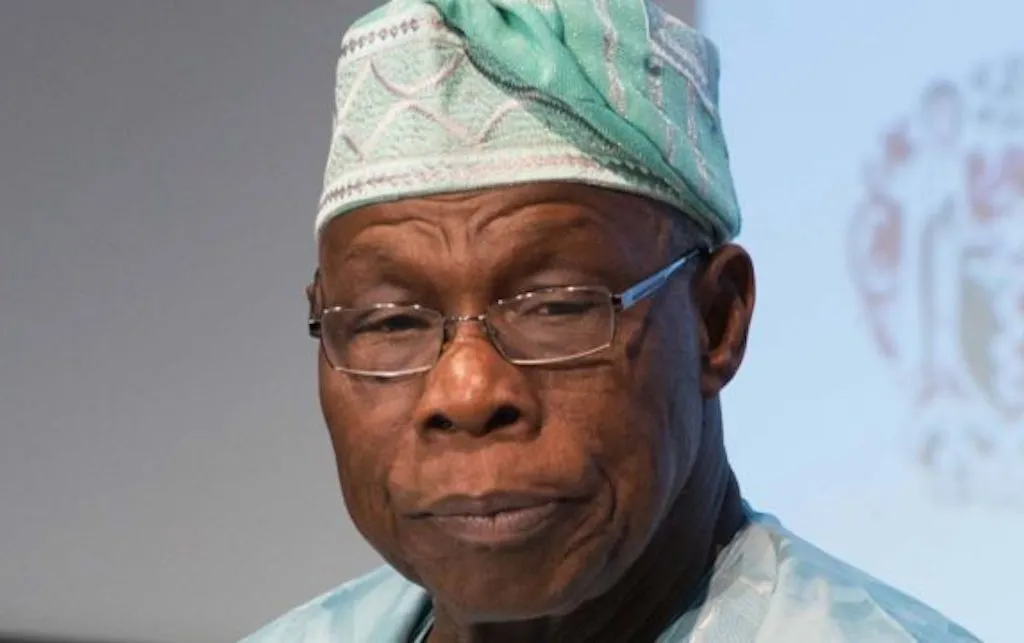Success Stories
10 Men Who Went From Prison to President
Just like Joseph and Mandela, a couple of men have emerged from prison to become the president of their countries. Here are 10 of them.
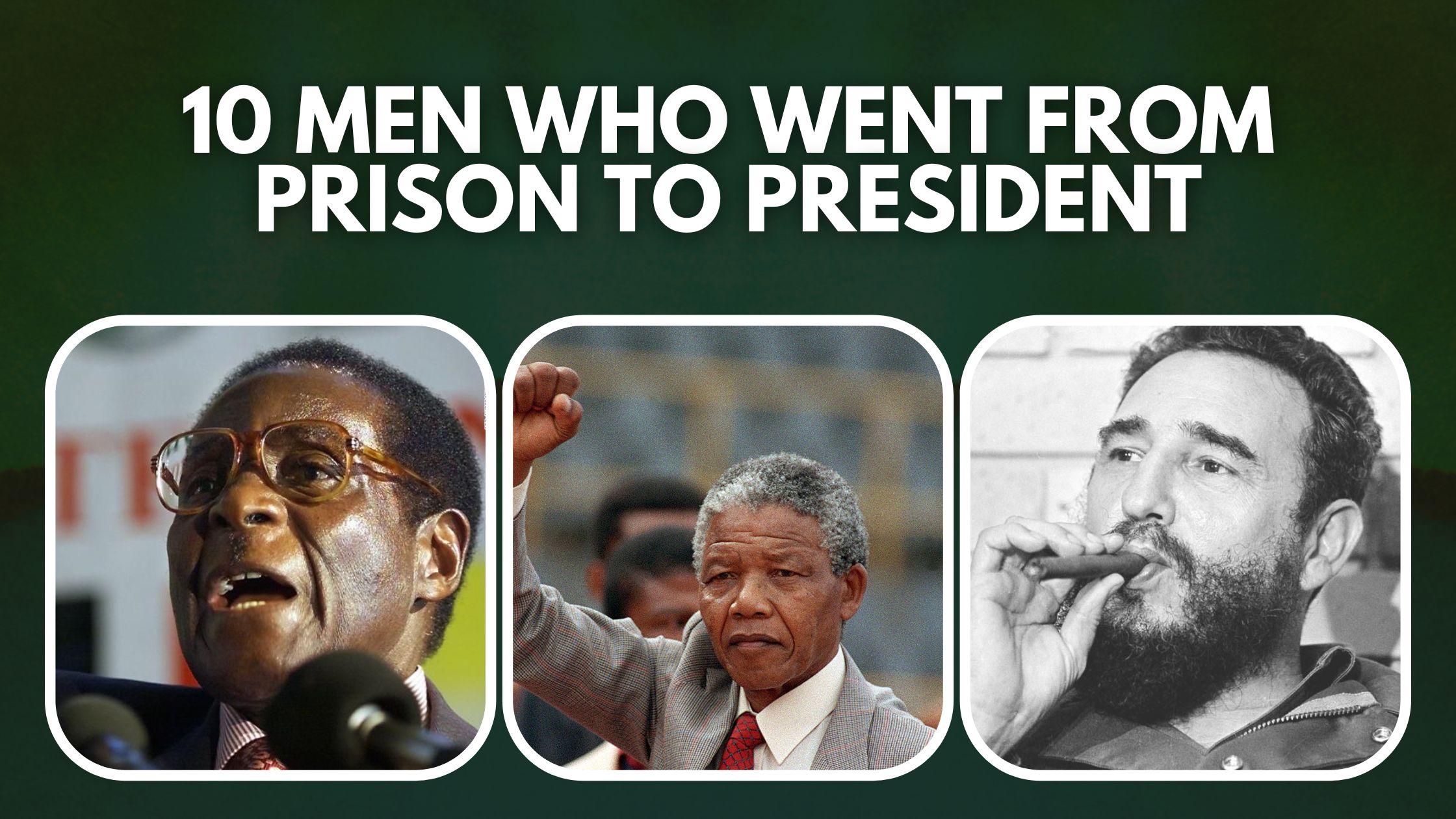
No power on earth can stop an oppressed people determined to win their freedom — Nelson Mandela, the 20th century Joseph who rose from the notorious Robben Island penitentiary to become the president of South Africa in 1994. Just like the biblical Joseph and Mandela, a couple of men have emerged from prison to become the president of their countries. Here are 10 of them.
10 Presidents Who Were Once Prisoners
The table below shows the names of presidents, the number of years they spent in prison and the countries where they served as presidents.
| Index | Presidents | Years in prison | Country |
|---|---|---|---|
| 1 | Nelson Mandela | 27 | South Africa |
| 2 | Robert Mugabe | 11 | Zimbabwe |
| 3 | Jacob Zuma | 10 | South Africa |
| 4 | Jomo Kenyatta | 9 | Kenya |
| 5 | Jawaharlal Nehru | 9 | India |
| 6 | Vaclav Havel | 8 | Czech |
| 7 | Daniel Ortega | 7 | Nicaragua |
| 8 | Olusegun Obasanjo | 5 | Nigeria |
| 9 | Kwame Nkrumah | 3 | Ghana |
| 10 | Fidel Castro | 2 | Cuba |
Read More:
- 10 Great Female Inventors You Should Know
- Top 10 Richest Presidents In The World (2022)
- MEET THE TOP 5 RICHEST PRESIDENTS IN AFRICA
1. Nelson Mandela
Nelson Mandela was a South African anti-apartheid revolutionary, political leader, and philanthropist, who served as President of South Africa from 1994 to 1999. He was the country’s first black head of state, elected in a fully representative democratic election and Globally regarded as an icon of democracy and social justice
Mandela is one of the most prominent nationalists in Africa and the founder of uMkhonto, a militant group against the South African Apartheid government. He is one of the few men who went from Prison to becoming the president of the country.
Mandela was arrested on multiple occasions for seditious activities but his most notable incarceration was from 1962 to 1990, after he was arrested and imprisoned for sabotage and conspiracy to violently overthrow the government via Umkhonto we Sizwe. Due to widespread agitation, domestic and international pressure and fears of racial civil war, Mandela was released from prison in 1990.
2. Robert Mugabe
Zimbabwe revolutionary and political leader, Robert Mugabe is one of the few men in the world who went from prison to presidency. He served as Prime Minister of Zimbabwe from 1980 to 1987 and then as President from 1987 to 2017. He is generally considered an African Nationalist who helped free Zimbabwe from British colonialism, imperialism, and white minority rule.
Due to Mugabe’s opposition to British rule, and his position as a prominent member of the Zimbabwe African National Union (ZANU), He was arrested in December 1963 and detained until November 1974. After his release, he fled to Mozambique, established his leadership of ZANU and began waging guerilla wars against the country’s predominately white government
Mugabe’s guerilla war eventually led to peace talk between him and the United Kingdom, this eventually resulted in the country’s independence on the condition that they conduct a democratic election. In the conducted election, Mugabe led ZANU-PF to victory and became Prime Minister in April 1980 and president in 1987.
3. Jacob Zuma
Jacob Zuma was the fourth democratically elected President of South Africa and one of the most prominent anti-apartheid activists. He also served as the Deputy President of South Africa from 1999 to 2005 but was dismissed by President Thabo Mbeki in 2005.
Zuma joined the ANC, the country’s ruling party, in 1959 and its military wing, Umkhonto we Sizwe in 1962. He was arrested in 1963 and sentenced to 10 years in prison on Robben Island where he served his time with Nelson Mandela and other notable ANC leaders also imprisoned during this time for conspiring to overthrow South Africa’s apartheid government.
After his release, Zuma fled the country but continued to work for the ANC while based in neighbouring countries. He returned to the country in 1990 and was elected chairperson of the Southern Natal region. Zuma rose through several ranks and led the party to victory in the 2009 general election. He was elected President of South Africa until his retirement in 2018.
4. Jomo Kenyatta
African Nationalist, Jomo Kenyatta is one of the few men who left prison to attain the presidential position of their country. The renowned Anti-colonial activists governed Kenya as its Prime Minister from 1963 to 1964 and then as its first President from 1964 to his death in 1978. He was the country’s first indigenous head of government.
Before he was elected the leader of the country, Kenyatta lobbied for the independence of Kenya from British colonial rule, attracting widespread indigenous support yet animosity from white settlers. In 1952, he was among the Kapenguria Six arrested and charged with masterminding the anti-colonial Mau Mau Uprising. He was convicted and remained imprisoned until 1959, then exiled until 1961.
On his release, Kenyatta was appointed President of KANU (Kenya Africa National Union) and led the party to victory in the 1963 general election. He became Prime Minister and oversaw the transition of the Kenya Colony into an independent republic. He became President in 1964 and ruled till 1978 when he died of a stroke.
5. Jawaharlal Nehru
Jawaharlal Nehru is an Indian anti-colonial nationalist and social democrat who was a central figure in India during the middle of the 20th century. He was a principal leader of the Indian nationalist movement in the 1930s and 1940s. Upon India’s independence in 1947, he served as the country’s prime minister for 17 years.
In the struggle for India’s Independence, Jawaharlal Nehru went to jail nine times. He first went to jail in British-ruled India in 1921 after calling for the boycott of a tour by the Prince of Wales. He spent a total of 3259 days (an approximation of nine years) in Jail on various charges, often as a result of his involvement with the civil disobedience campaigns of political ally Mahatma Gandhi, who also spent years in prison.
As earlier stated he was elected the country’s first prime minister in 1947 after independence, embarking on an ambitious program of economic, social, and political reforms. He is generally regarded as the architect of Modern India.
6. Vaclav Havel
Václav Havel was a Czech statesman and playwright. He served as the last president of Czechoslovakia from 1989 until the dissolution of Czechoslovakia in 1992 and then as the first president of the Czech Republic from 1993 to 2003. He was the first democratically elected president of either country after the fall of communism.
Vaclav who is a dissident playwright, rose to prominence rose for criticizing the communist system. His peripheral involvement in the failed Czechoslovakian uprising of 1968 prompted a lifetime of activism. This brought him under the surveillance of the StB secret police, and he spent multiple periods as a political prisoner, the longest of his imprisoned terms being nearly four years, between 1979 and 1983.
Havel’s Civic Forum party played a major role in the Velvet Revolution that toppled the Communist system in Czechoslovakia in 1989. He assumed the presidency shortly thereafter and was re-elected in a landslide the following year and after Slovak independence in 1993.
7. Daniel Ortega
Daniel Ortega is a Nicaraguan revolutionary who has been serving as President of Nicaragua since 1984. He is one of the longest-serving non-royal rulers in the world and the longest-serving non-royal leader in the Americas. Before he was elected the president of Nicaragua, Daniel Ortega was a strong opposer of the country’s dictator Anastasio Somoza Debayle, who had ruled Nicaragua since 1937.
He was first arrested for political activities at the age of 15, and quickly joined Sandinista National Liberation Front (FSLN), an underground movement against the Samoza government in 1963. In 1967, Ortega and several other FSLN members were arrested following a botched bank robbery in which they had attempted to raise funds for the group.
Ortega was finally released in 1974 as part of a hostage exchange program. He however escaped to Cuba for several months of guerrilla training. He returned to Nicaragua in 1979 and led a military campaign that ultimately forced Somoza to flee from Managua 1979 and go into exile.
In the wake of Somoza’s departure, a five-member group called the Junta of National Reconstruction came to rule the country. As one of its core members, Ortega was named junta coordinator in 1981. Three years later Nicaraguan voters elected him president of the country.
8. Olusegun Obasanjo
Olusegun Obasanjo is a former Nigerian Army General and was a president of Nigeria twice. He was a military ruler from 1976 to r 1979 and a democratically elected president from 1999 to 2007. He was imprisoned during the military dictatorship of Sani Abacha for speaking out against the human rights abuse of the Abacha regime, and alleged participation in an aborted coup based on testimony obtained through torture.
Obasanjo was eventually released after the death of Abacha on 8 June 1998. After his release, Obasanjo decided to run for the presidency on the platform of the Peoples Democratic Party, PDP, where he defeated Chief Olu Falae, the joint candidate of the All Peoples Party, APP, and the Alliance for Democracy AD. He became the first elected and civilian head of state in Nigeria after 16 years of military rule.
9. Kwame Nkrumah
African nationalist and anti-colonial activist, Kwame Nkrumah is one of the few men in the world who left prison to become the president of their country. He served as the first prime minister and president of Ghana, having led it to independence from Britain in 1957.
Before he emerged as the President of Ghana, Nkrumah was one of the people who fought for Ghana’s Independence. He was arrested and served 3 years in prison for calling a general strike on the 8th of January 1950 to protest the continuous rule of the British colonial government.
He formed the Convention People’s Party, and was elected as the Prime Minister in 1952 and retained the position when Ghana declared independence from Britain in 1957. In 1960, Ghanaians approved a new constitution and elected Nkrumah President.
10. Fidel Castro
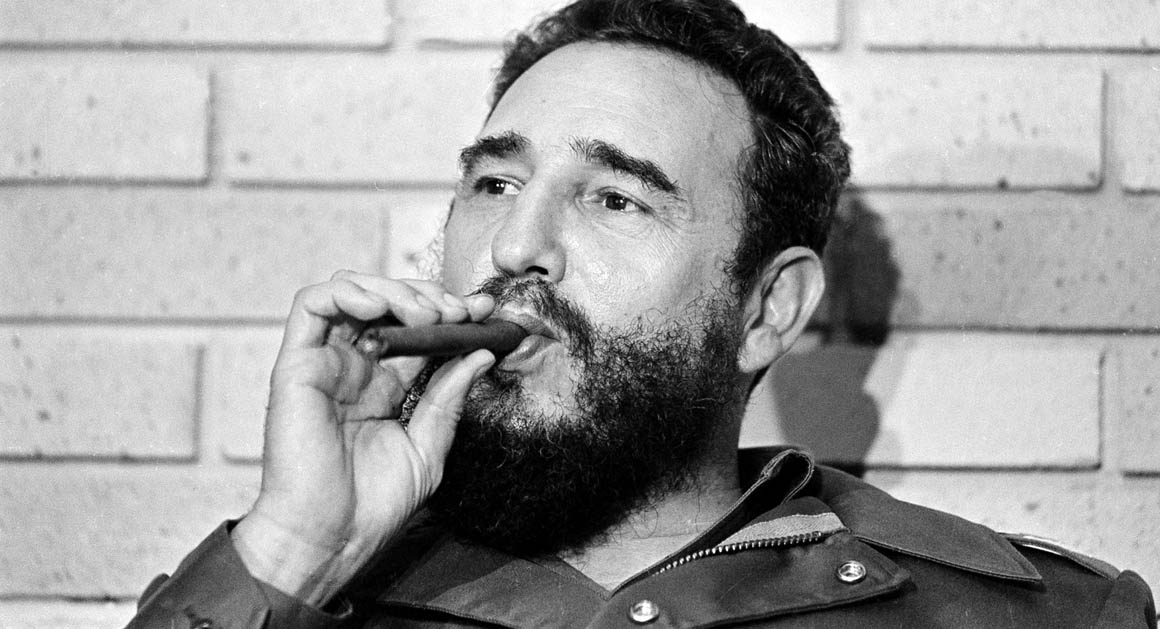
Fidel Castro, Prime Minister of Cuba, smokes a cigar during his meeting with two U.S. senators, the first to visit Castro’s Cuba, in Havana, Cuba, on Sept. 29, 1974. (AP Photo)
Legendary revolutionary, Fidel Castro concludes the list of men who went from prison to presidency. The Cuban communist revolutionary governed the Republic of Cuba as Prime Minister from 1959 to 1976 and then as President from 1976 to 2008.
Before he emerged as the supreme leader of Cuba, Fidel Castro was sentenced to 15 years in prison for planning and carrying out an insurrection to overthrow General Fulgencio Batista, a military dictatorial government in 1953. He was however released in 1955 after Batista was pressured to grant them amnesty.
Between 1956 and 1959, Castro waged a Guerrilla war against Batista’s military. Despite their numerical and technological superiority, Batista’s army had no experience with guerrilla warfare. Many of Batista’s soldiers defected to Castro’s rebels. In the end, Batista fled Cuba and Castro was sworn in As the provisional leader of the state.
Summary
For the sake of emphasis and optimization, here is a recap of the men who emerged from prison to take over the presidential position of their country:
- Nelson Mandela
- Robert Mugabe
- Jacob Zuma
- Jomo Kenyatta
- Jawaharlal Nehru
- Vaclav Havel
- Daniel Ortega
- Olusegun Obasanjo
- Kwame Nkrumah
- Fidel Castro

